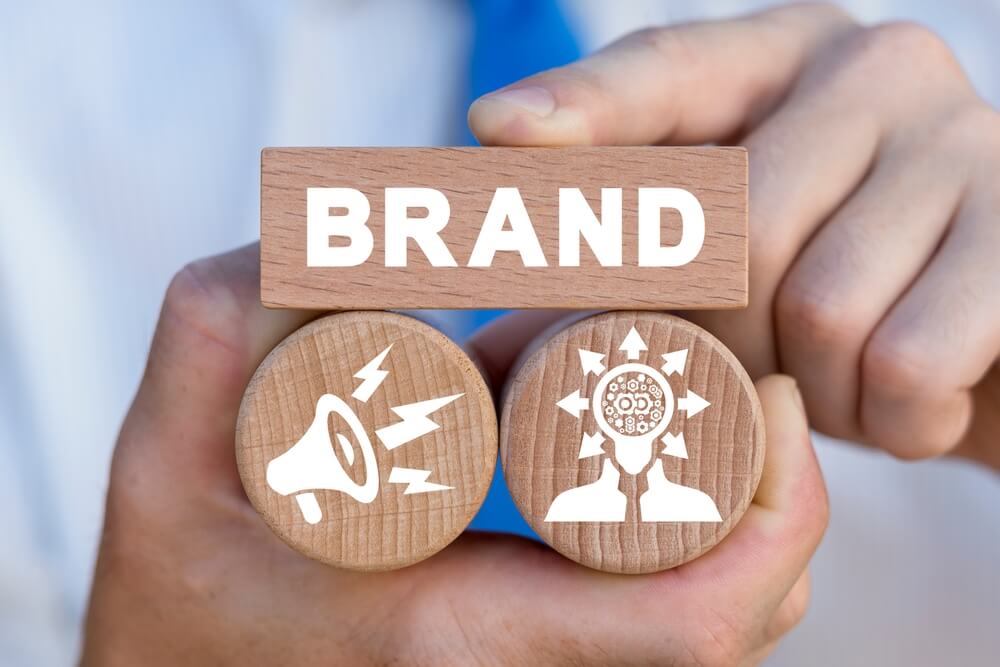
Align Demand Gen and Brand Awareness for the Best Results
When you hear the term demand generation, you probably think of lead generation, which is a reasonable assumption. The two closely relate to one another in that brand awareness is a core concept in both. They have distinct features that set them apart, which are what make all the difference.
Here are what you should do to align your demand generation and brand awareness strategies:
- Understand the connection between demand generation and brand awareness.
- Five strategies to improve demand generation and get results.
Get ready to take notes. Let’s go!
Connecting Demand Generation and Brand Awareness

The primary function of demand generation in digital marketing is to build brand awareness on a large scale. This differs from lead generation in that the former is only concerned with increasing the attention directed at your business, while the latter is a targeted effort to find new customers.
In this sense, the primary approach you take with demand generation is to educate people on your products and services and the value to them. For example, many tech companies offer free software and trials to let people learn about their brand and decide on its value for themselves.
This helps spread the news about the business and makes it a familiar name to more people, even those not part of their original target market. In essence, it works by inviting people to start engaging with your business, rather than actively converting them.
When you allow people to decide based on their interests, you eventually attract more high-quality leads that genuinely want your solutions. In a way, demand generation leverages brand awareness to connect you with people who are more likely to convert. It solves two problems with one strategy.
If you want to align your demand generation and brand awareness strategies, you have to make sure that both follow the same goals. For instance, use sales numbers as a marker of success for both. You can also measure this through the number of inquiries that you get.
Five Effective Demand Generation Techniques That Work

Building a demand generation strategy that effectively increases brand awareness is relatively easy to do, even without extensive digital marketing experience. Though it certainly helps to have an expert on your team, for the most part, it requires a deep understanding of the factors involved.
In particular, you must know your goals, your target market’s concerns, and how you plan to help them. That is not everything that you need to do to generate brand awareness. Here are five strategies to easily set up and apply to your business:
1. Identify the Primary Concerns of Your Target Market
You must know what catches your audience’s attention to draw interest in your brand. Without this piece, there is little chance of bringing traffic to your business. Start with a robust research plan and collect as much data from as many different points as you can muster.
For example, focus groups, surveys, and interviews with select members of your target market are all viable options from which to choose. Aim to get a granular understanding of the primary pain points of your customers. What problems do they have that need solving, and what can you do?
2. Study Your Competitors and Where They Fall Short
Apart from your target market, your competitors also play a critical role in creating a strong and effective demand generation strategy. Analyze your competitor’s strategies to gain an intimate understanding of what is missing in the market. This helps you identify a suitable niche to fill.
When finding gaps in competitors’ marketing strategies, use guide questions to create a framework. Follow these questions as you conduct a competitive analysis to make sure that you cover everything. Start by looking at what forms of marketing they engage in and which platforms they utilize. With a guide, collecting valuable data is much easier moving forward.
3. Make Relevant Talking Points from Your Solutions
Once you have identified the disconnect between your audience and your competitors, your primary goal should be to find ways to bridge the gap between you and your target market. What this means is that you should present your business as the better option over the other available choices.
Create talking points they can relate to and use that to draw interest in your brand. Build your content strategy with the same principle to guide your choices. Make educating people and familiarizing them with your business the priority of the content.
4. Select the Platforms You Want to Use for Marketing
In any kind of marketing, choosing the right digital channels is a critical step in developing an effective strategy to achieve your goals. Even though you want to reach as many people as possible to raise brand awareness, be selective about where and how you do it.
For example, consider which platforms are most popular with your target market and begin your strategy there. Instagram, YouTube, and TikTok are among the top choices for businesses today because short-form videos allow you to create engaging content without being overwhelming.
5. Find New Tactics to Attract Attention to Your Brand
You always have to stay alert for changes in the market because fluctuations can easily render your demand generation strategy useless. Be ready to adapt to stay ahead of the competition. Doing that puts you in the best position to attract more demand.
Make it a habit to constantly refresh your data and strive to identify emerging trends in people’s spending behaviors. This gives you valuable insights into how to modify your strategies to keep up with new demands. Always remember that customer demands change as time passes.
Summing Up
Demand generation and brand awareness are related concepts. That means your strategy for the former affects the state of the latter. Your business can achieve more by aligning your strategies for both. Doing so helps you gather great insights into which products matter the most.
Demand generation is also a great way to focus on solutions while passively finding new leads and converting them. This, in particular, is beneficial because it allows you to conserve your resources for other areas of your business. The tips provided in this article can give you a good start.
Need help aligning your demand generation and brand awareness? Contact Digital Authority Partners (DAP) to learn how we can help.
Want To Meet Our Expert Team?
Book a meeting directly here




